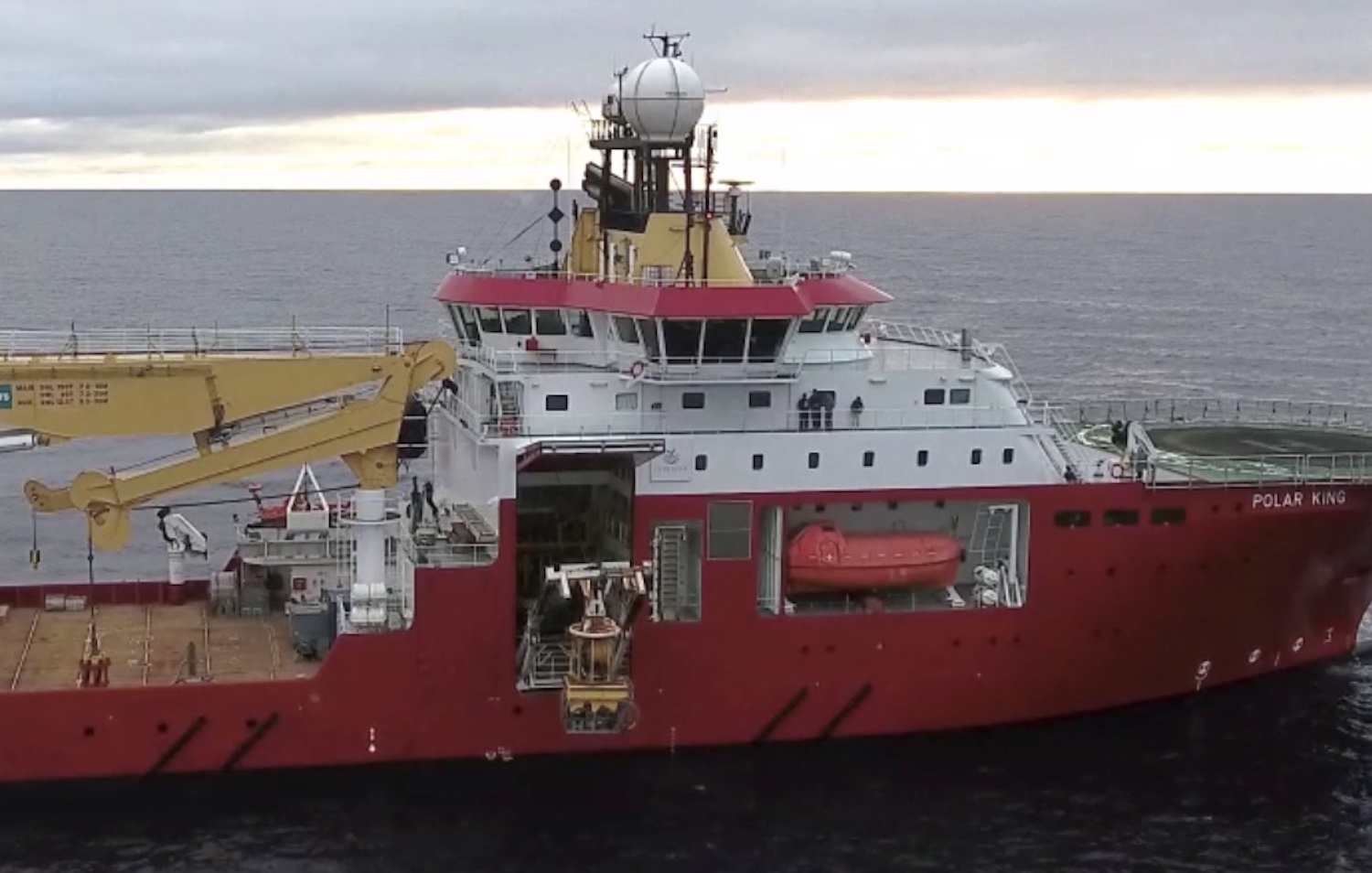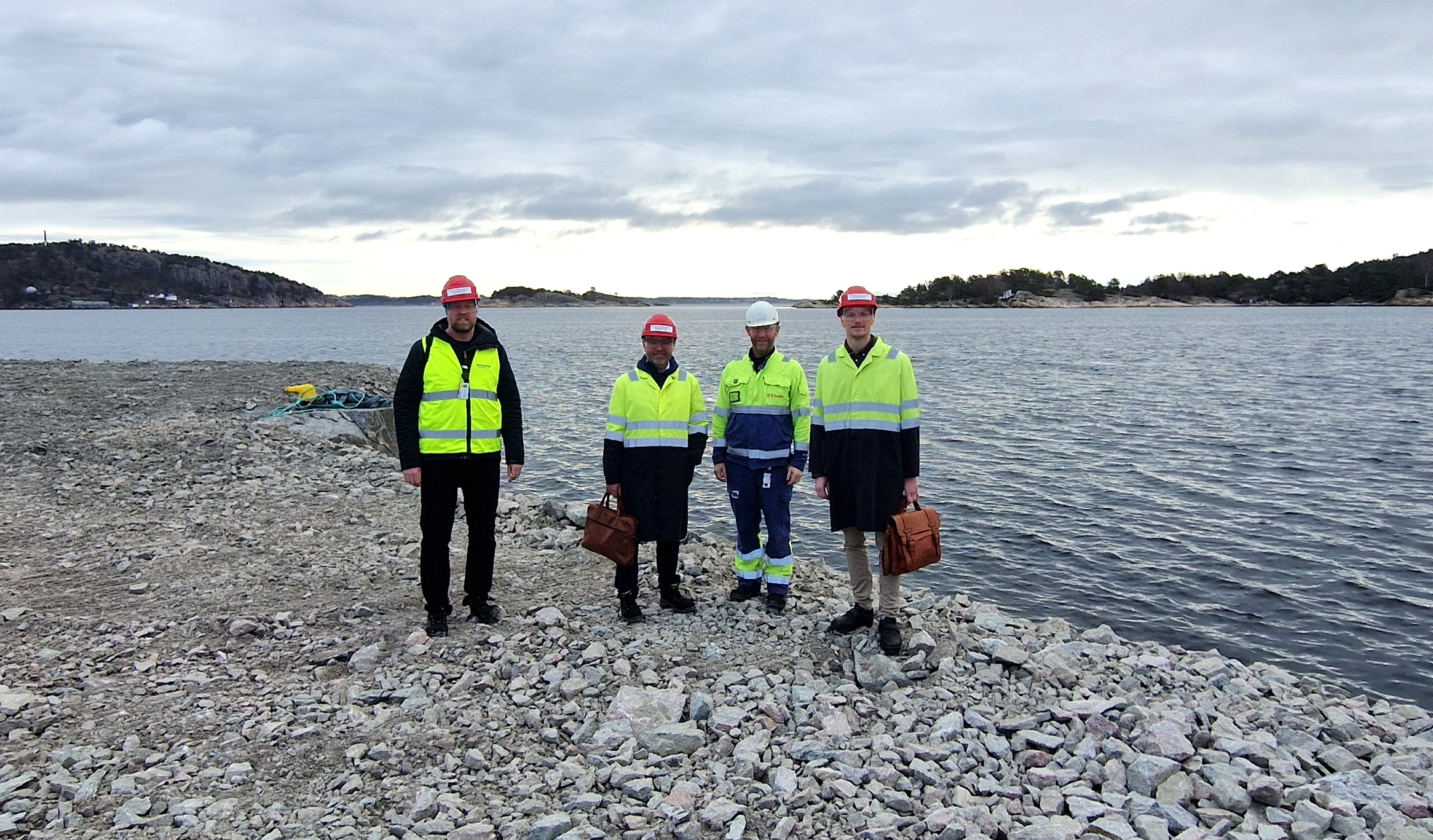“There is still considerable research to be done before commercial activity can start, but there is definitely seabed minerals to be found in Norway,” says MarMine Project Manager Kurt Aasly.
The project looked more closely at the technological potential for seabed minerals in Norwegian waters, primarily along the Mid-Atlantic ridge where large amounts of minerals are deposited from hydrothermal systems on the seabed.
“The overall objective was to assess and develop new knowledge about exploitation technologies and to define the process mineralogical properties of typical seafloor marine mineral deposits. This includes exploitation technologies on the seafloor and further processing of the ore after extraction and comminution as well as concentrating the valuable minerals in the ore and environmental issues related to these steps,” says Aasly.
A 21-days cruise in 2016, on which 25 researchers participated to extract 1000 kilos of materials from the seabed, was MarMine’s main activity.
The project came to an end during a final seminar last week. Funding was provided by The Research Council of Norway and the 14 industry partners, including GCE NODE and National Oilwell Varco. The project was led by the Norwegian University of Science and Technology, with NIVA and NGU as research partners.
The MarMine project resulted in 16 journal publications, 5 PhD, 1 MSc and contributions to five books and reports.




